
The rule of thirds in solar panels: maximizing efficiency and minimizing shading impact
When investing in a Robinsun plugin solar kit, it’s essential to understand how to optimize your installation to ensure maximum energy production. One of the key concepts to consider is the "rule of thirds" in solar panel installation, a principle supported by various European energy guidelines and research. This rule plays a critical role in maximizing the efficiency of your solar panels, especially in environments where shading could be an issue. Today will give you some clarity to get the most out of your Robinsun plugin Solar kit.
Understanding the rule of thirds in solar panel installation
The "rule of thirds" is a strategic approach to solar panel installation that helps reduce the impact of shading on energy production. This concept involves visualizing each solar panel as being divided into three equal sections, both horizontally and vertically, forming a grid of nine equal segments.

By following this rule, you can position your solar panels in a way that minimizes the chances of shadows affecting large portions of any single section. This strategy is crucial because studies from the European Photovoltaic Industry Association (EPIA) have shown that shadows on solar panels can significantly disrupt energy output, even when only a small part of the panel is affected.
How shadows affect solar panel performance
Shadows have a disproportionate effect on the energy production of solar panels. When even a small portion of a panel is shaded, it can lead to a significant drop in the panel's overall output. This phenomenon, often referred to as the "shading line effect," is well-documented by the European Commission’s Joint Research Centre (JRC), which has found that shading on a single section can reduce the performance of the entire row or even the whole panel if the shading is severe enough.
Let´s simulate shading one third, then two thirds, then a whole part of the panel. We would see that with our panel at full display under the sun, the production curve looks normal like you'd expect coming close to the 97% production efficiency.
If then we move to shade one third of the panel we will start seeing the influence on the overall production. If something shades one third of the panel, two thirds of your panel can still operate which will result in a drop to 61,9% production efficiency.

For our next test, once we shade two thirds of this panel, which should still see some operation from it but with a subsequent big production efficiency drop-off down to 29,1% . This is actual lost power, and our performance and our fill factors have changed dramatically.

If we were to continue testing with all three sections covered, there's practically no power being put out by the panel. You will see underwhelming power production efficiency that could be as low as 0,7%.

Research from the Fraunhofer Institute for Solar Energy Systems corroborates this, indicating that even minimal shading can cause substantial losses in energy production due to the way solar cells are interconnected. The more a panel is shaded, the less electricity it generates, as the flow of electricity within the cells is disrupted. This underscores the importance of careful planning and positioning of solar panels, following the rule of thirds.
Practical application of the rule of thirds
- Planning the installation: Before installing your Robinsun solar panels, it’s crucial to assess potential shading sources throughout the day and year. This includes considering the movement of the sun, the growth of nearby trees, and the construction of new buildings that could alter shading patterns. European institutions like SolarPower Europe recommend detailed shading analysis during the planning phase to ensure long-term efficiency.
- Panel positioning: According to the "rule of thirds," solar panels should be positioned so that any potential shadows fall along the dividing lines of the grid, rather than covering a significant portion of any of the thirds. This minimizes the impact of shading on the panel’s overall performance. The European Solar Test Installation (ESTI) has highlighted that proper positioning can mitigate the adverse effects of partial shading, significantly enhancing energy yield.
- Adjusting orientation and tilt: Beyond following the rule of thirds, adjusting the orientation and tilt of your panels can further minimize shading. Panels should be oriented and tilted to maximize sun exposure while avoiding shadowed areas as much as possible. This approach is supported by the European Energy Research Alliance (EERA), which emphasizes the importance of optimizing panel orientation to counteract potential shading.

Robinsun’s plug & play solar kits are designed with the latest technology to help you get the most out of your solar installation. Our solar kits are equipped with high-performance microinverters that ensure each panel operates independently, minimizing the impact of shading. Additionally, we offer a range of accessories, including our newly back-in-stock Betteri extension cables, which allow for safe and efficient connections between multiple solar kits. These extension cables are crucial when connecting several solar panels, ensuring that your installation remains both safe and effective while adhering to the principles of the rule of thirds.
Conclusion
The rule of thirds is a simple yet effective practice that can help you maximize the efficiency of your Robinsun plug & play solar kit, especially in areas where shading is a concern. By strategically positioning your panels, adjusting their orientation and tilt, and using advanced technology like direct wifi microinverters, you can ensure that your solar installation delivers optimal performance. European research and guidelines consistently support these practices as essential for achieving the highest possible energy yields from your solar panels.
For more information on how to optimize your solar panel installation and to explore our range of solar kits and accessories, contact us via email, WhatsApp or call us directly if you have any questions or need help to choose your own Robinsun plugin solar kit.
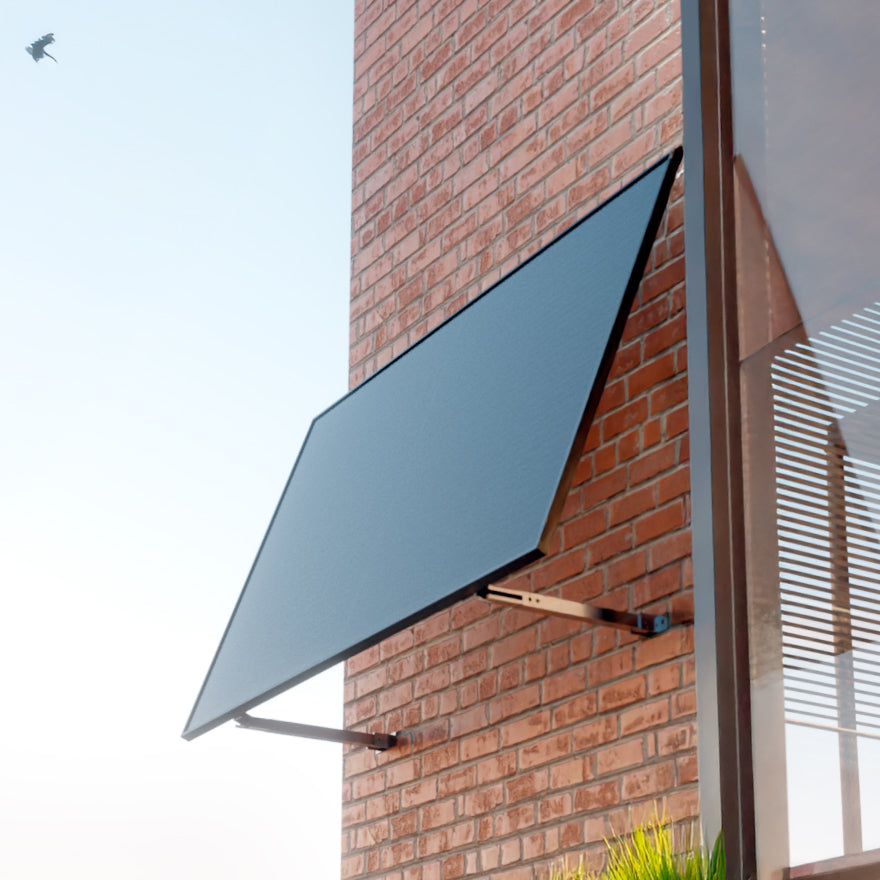
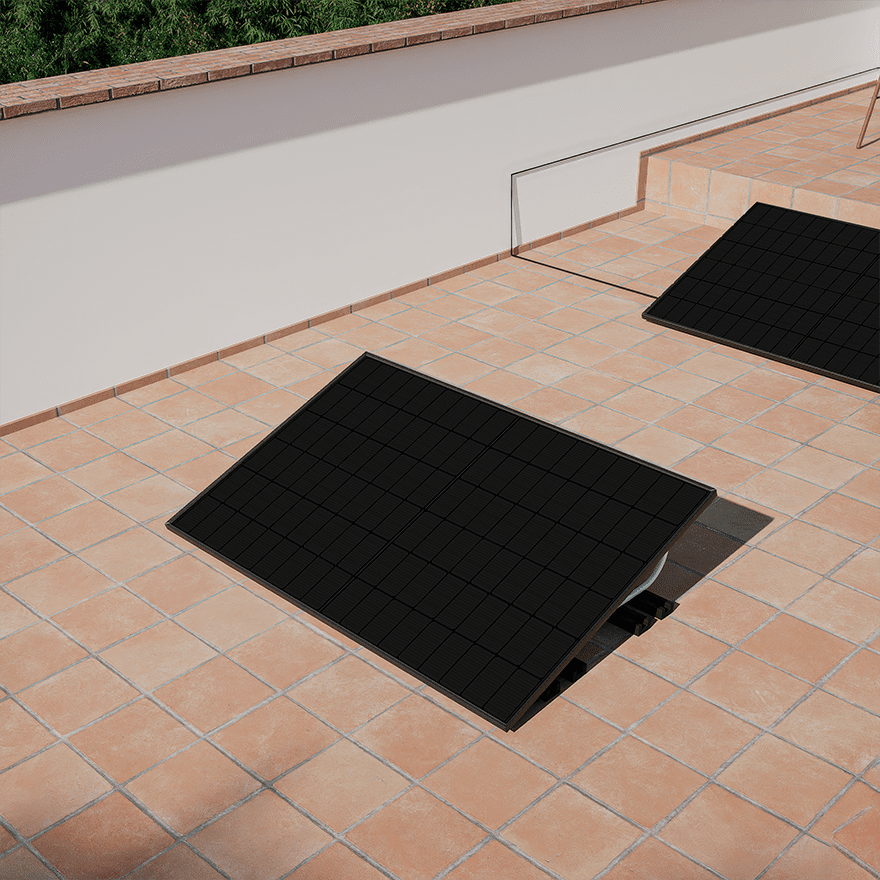
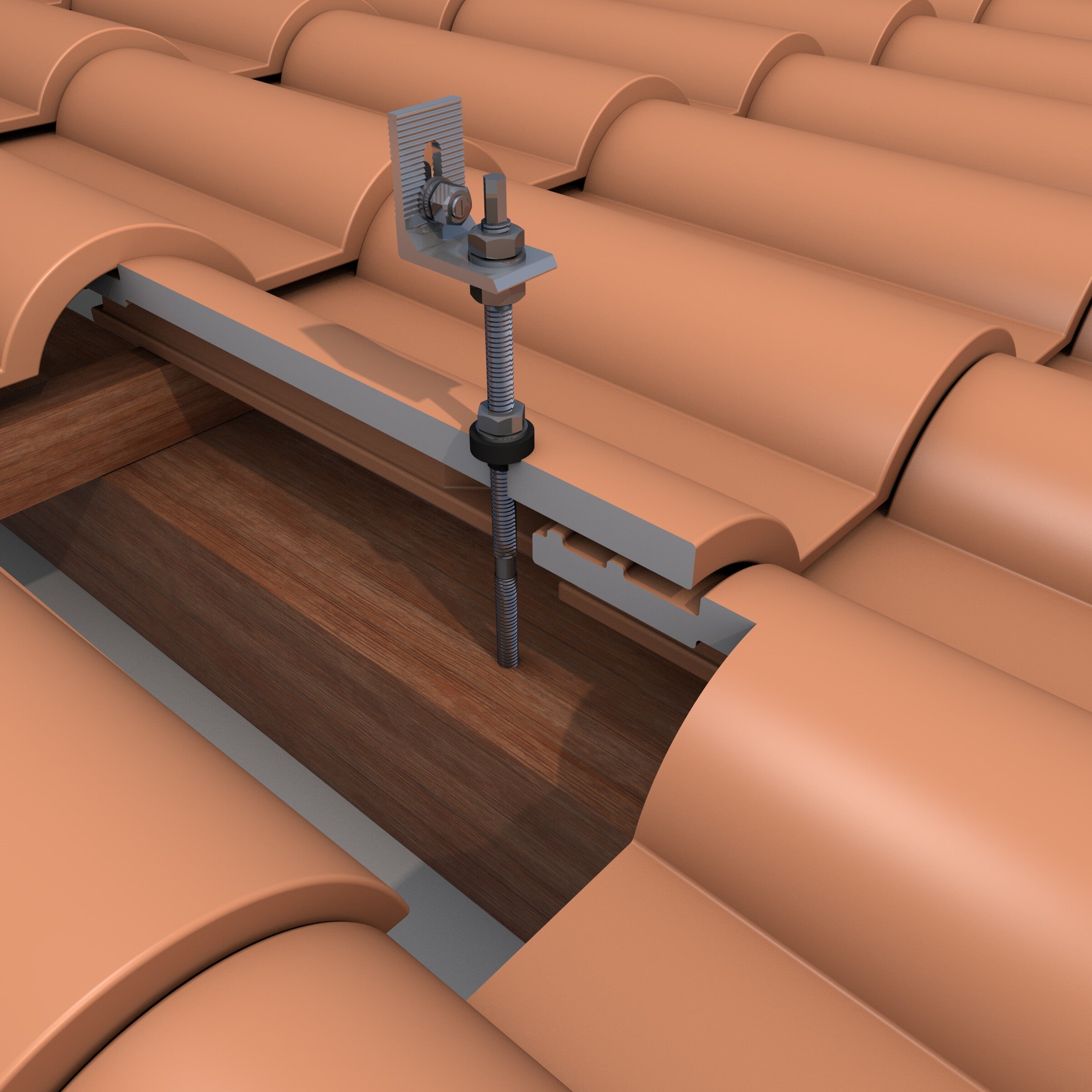
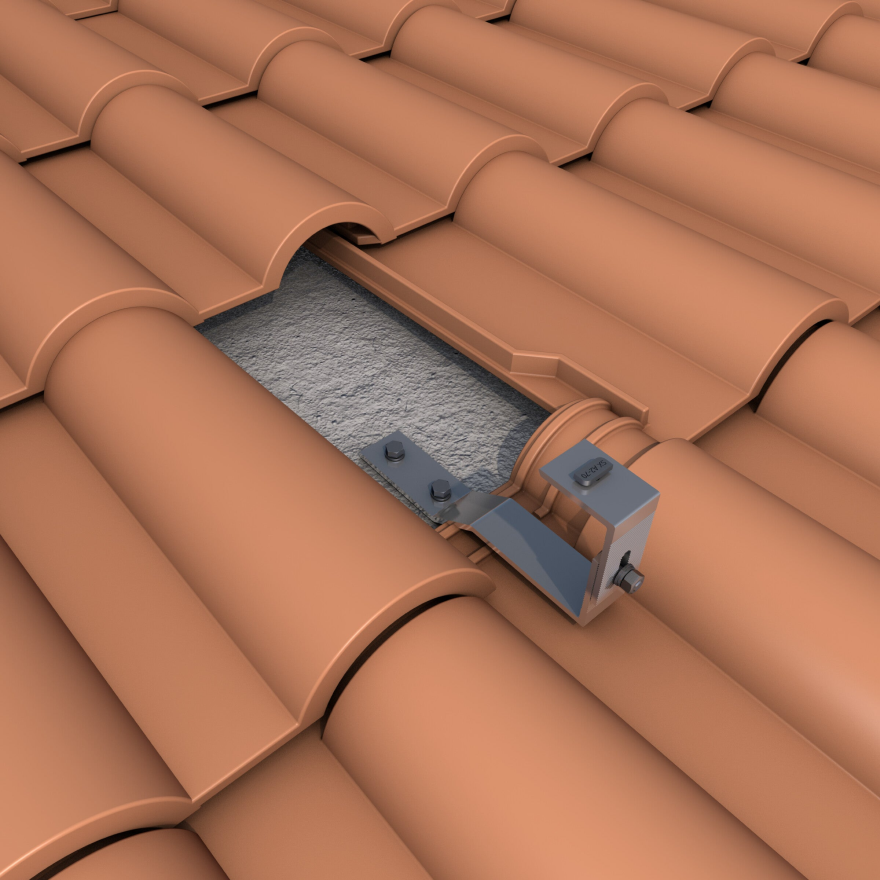
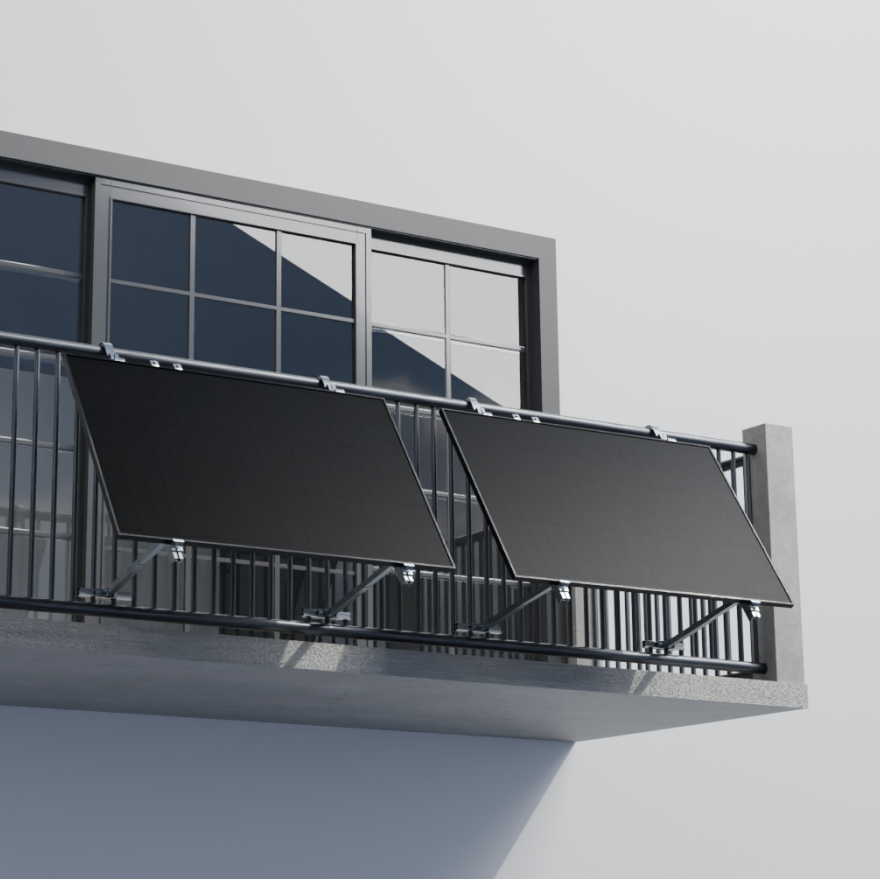
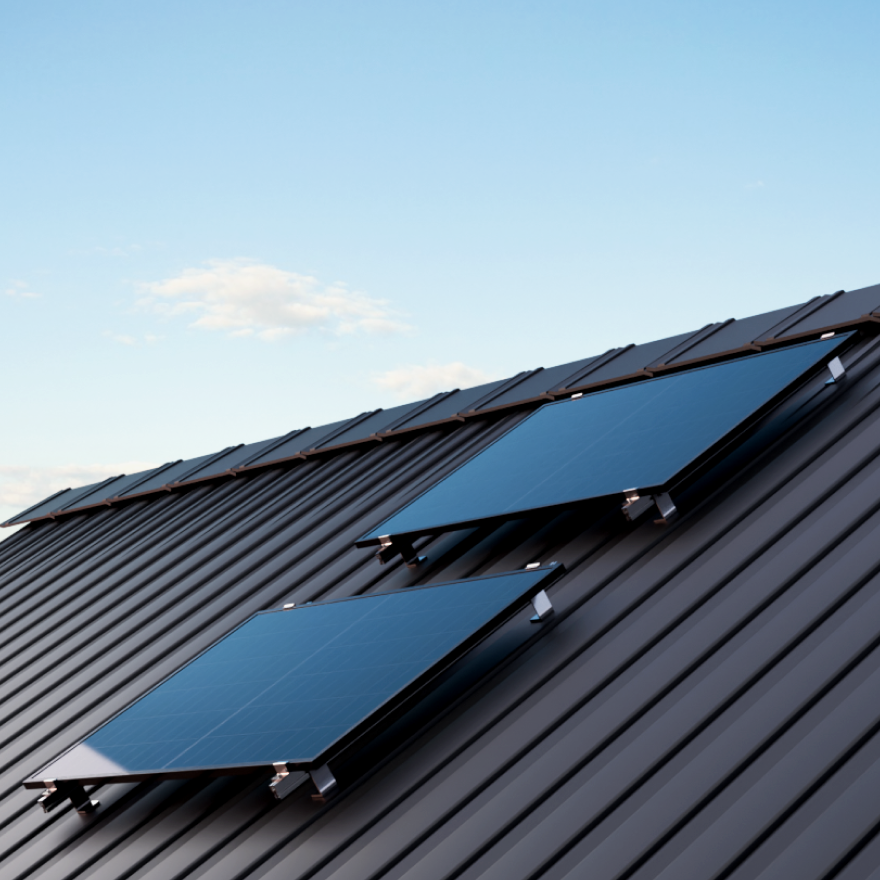
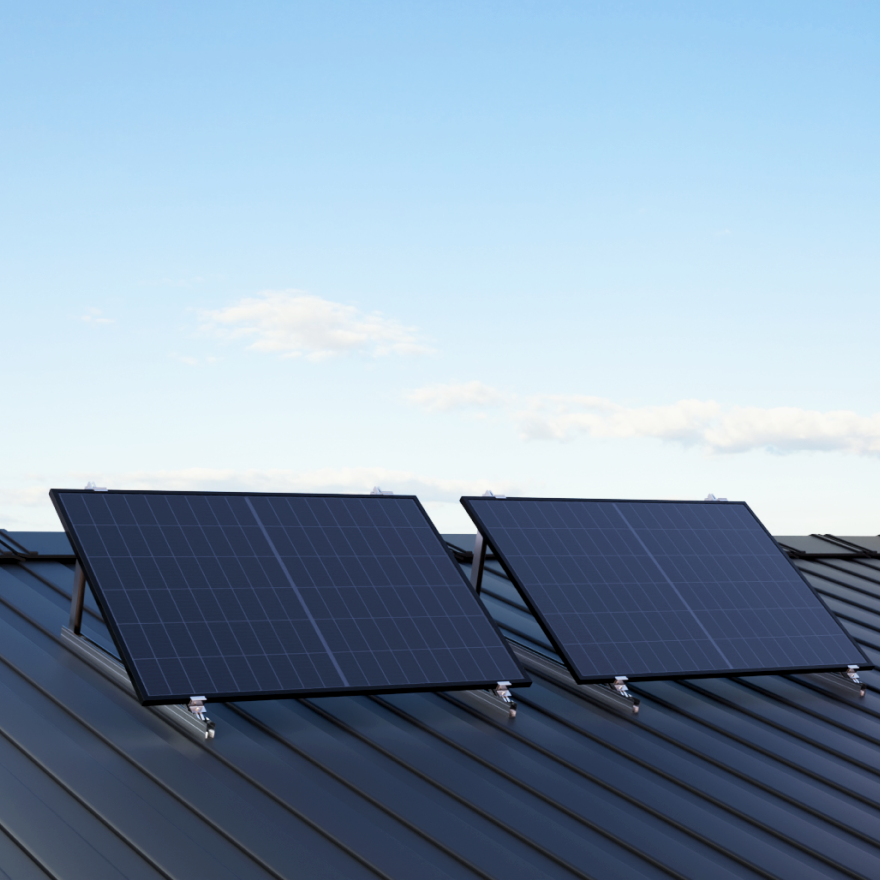


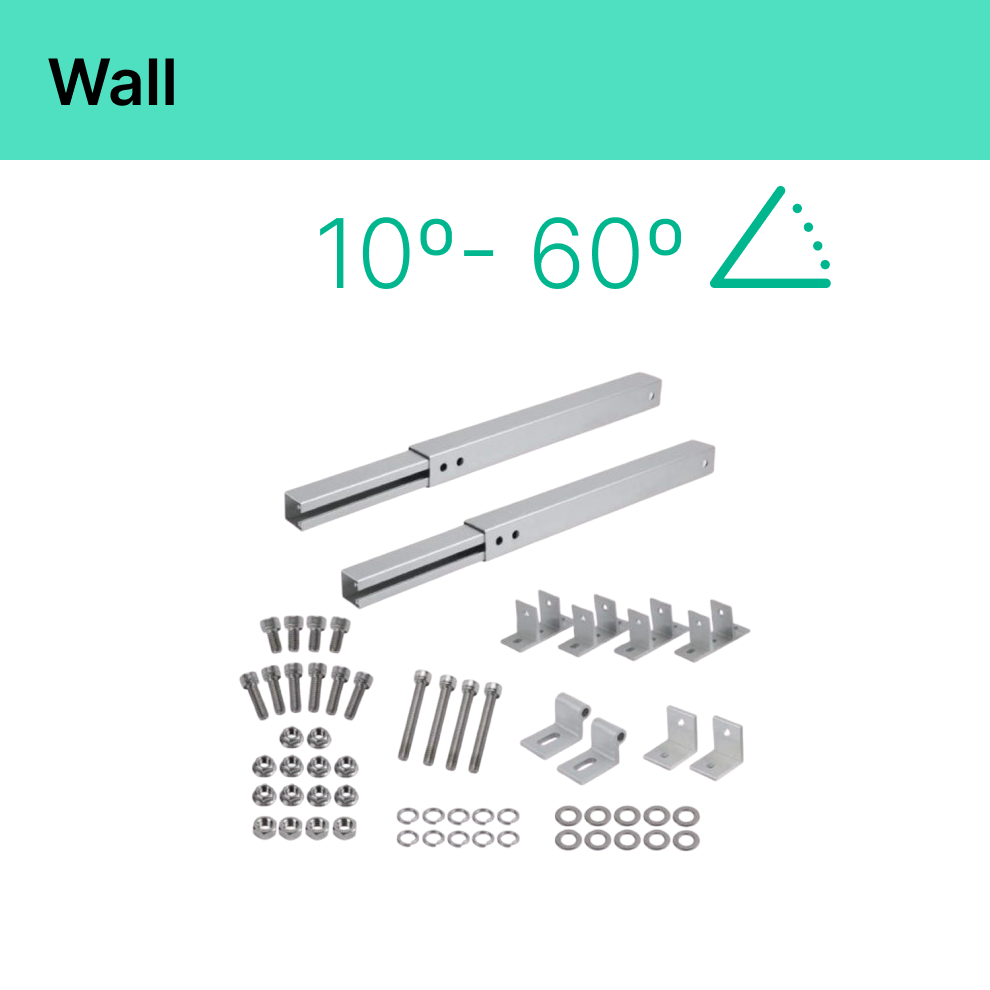
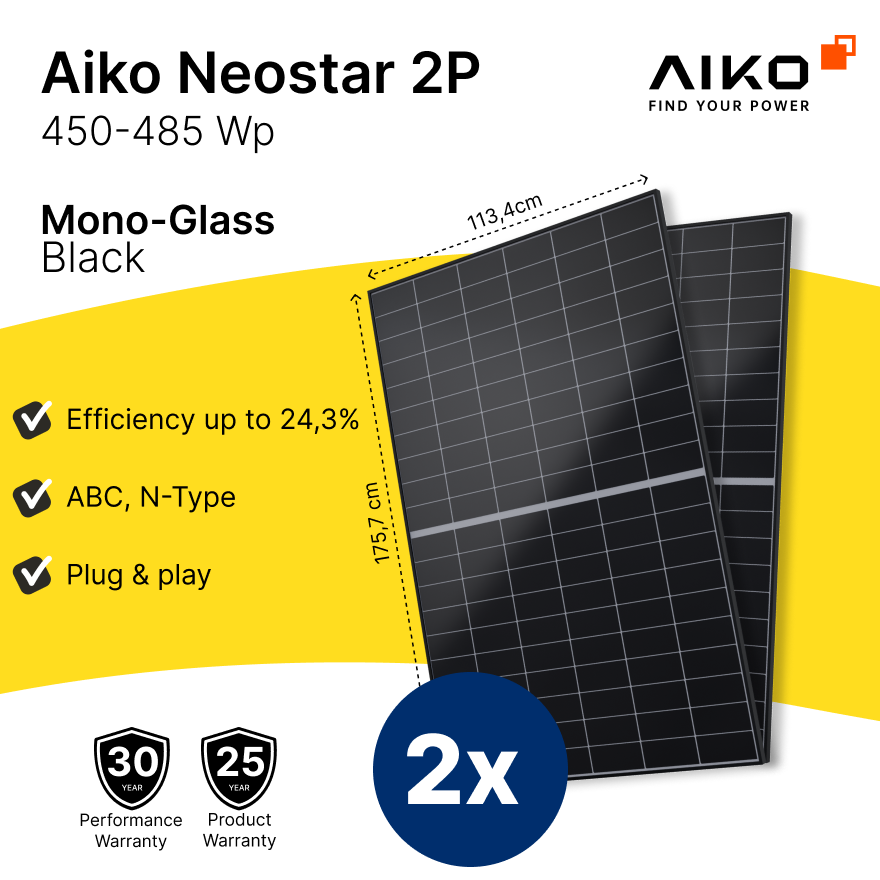
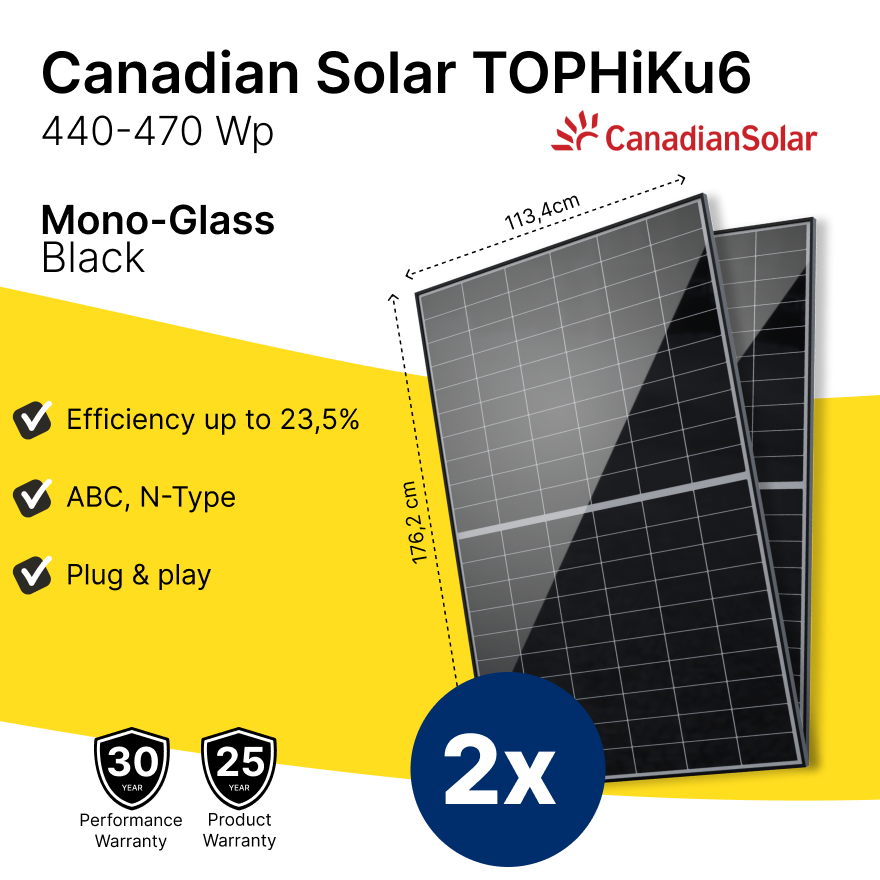
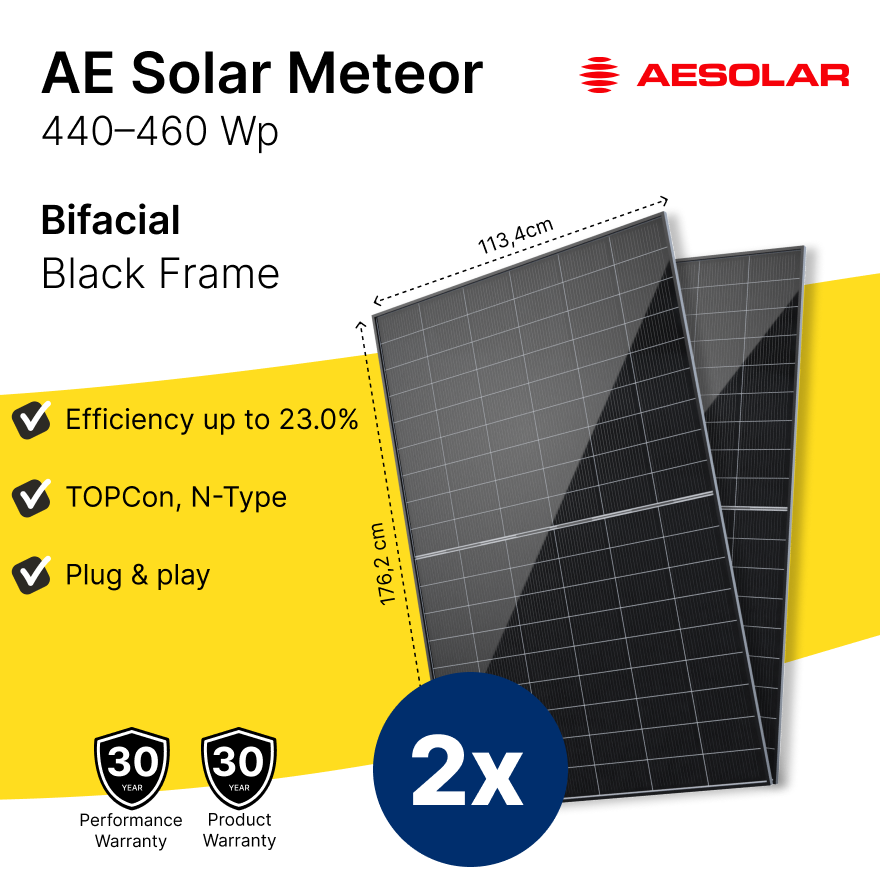


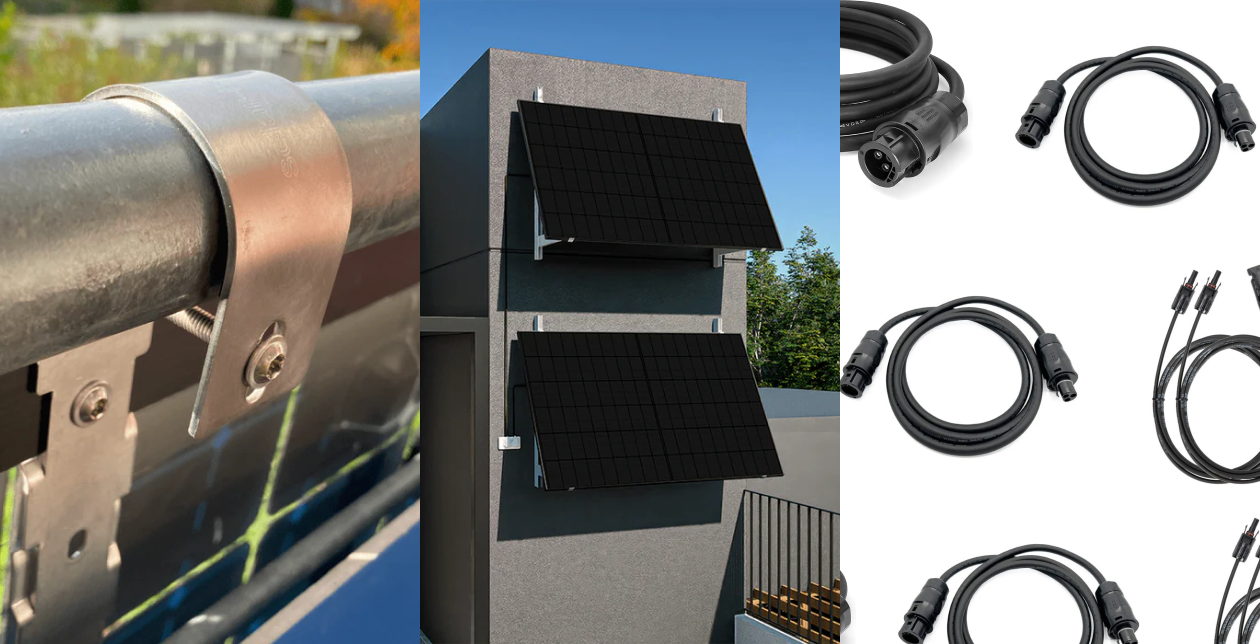
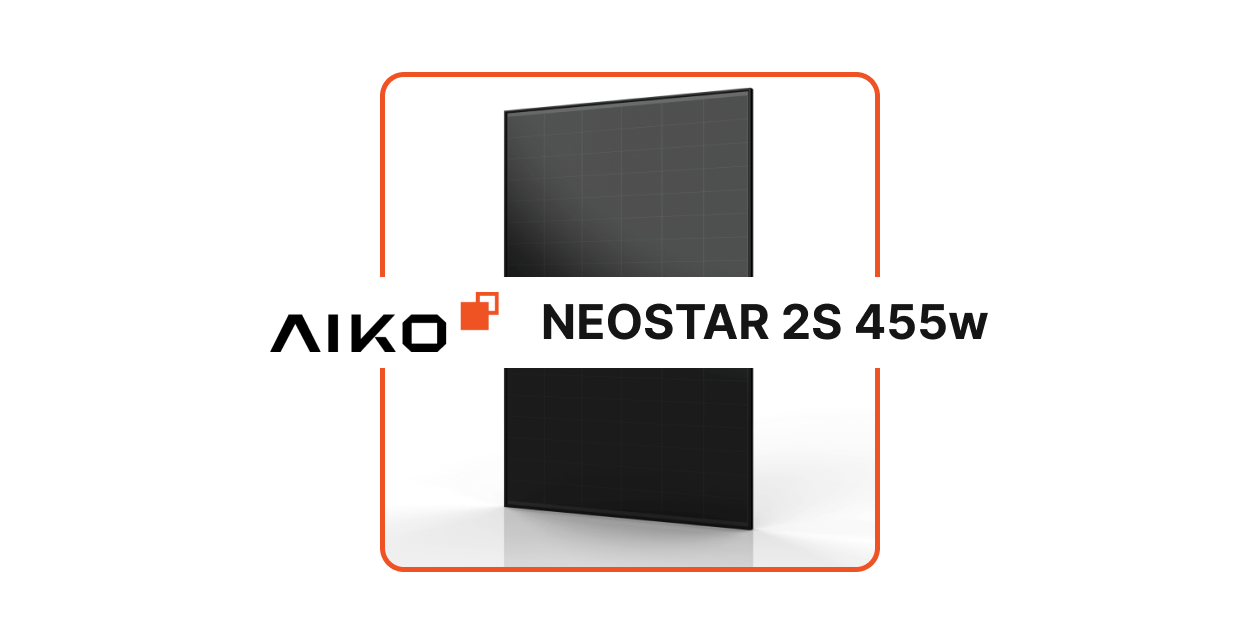
Hinterlasse einen Kommentar
Diese Website ist durch hCaptcha geschützt und es gelten die allgemeinen Geschäftsbedingungen und Datenschutzbestimmungen von hCaptcha.